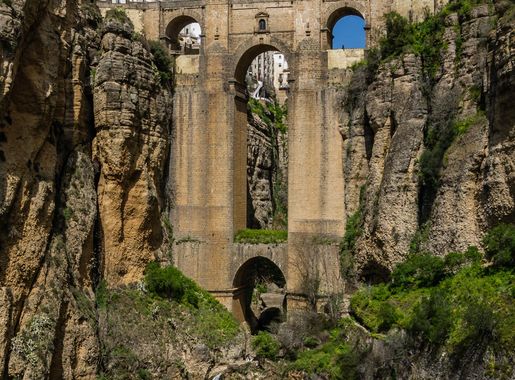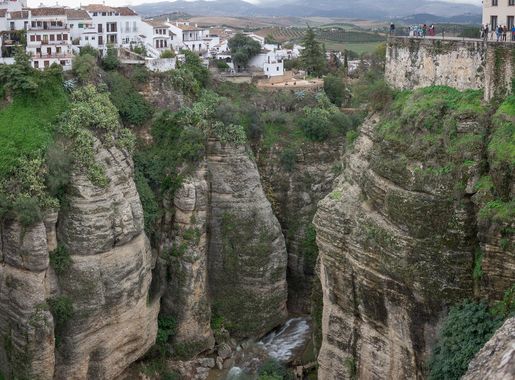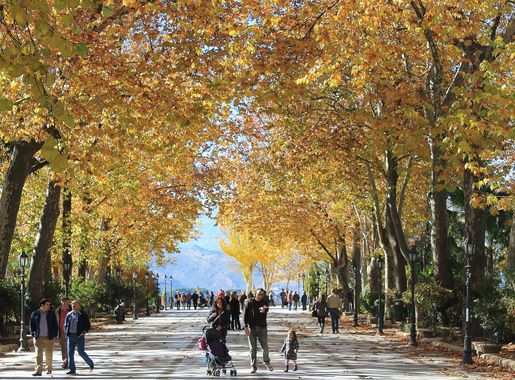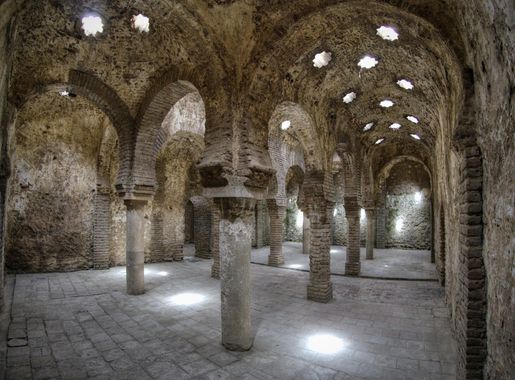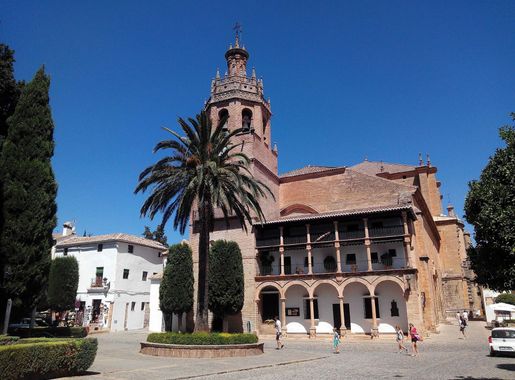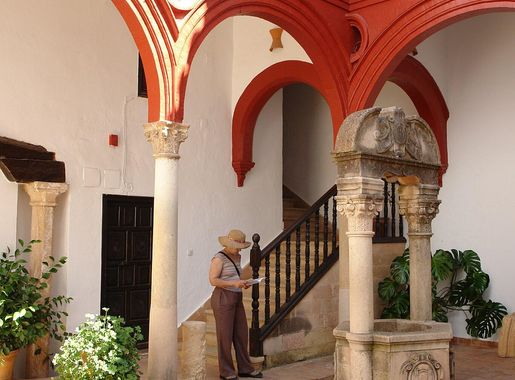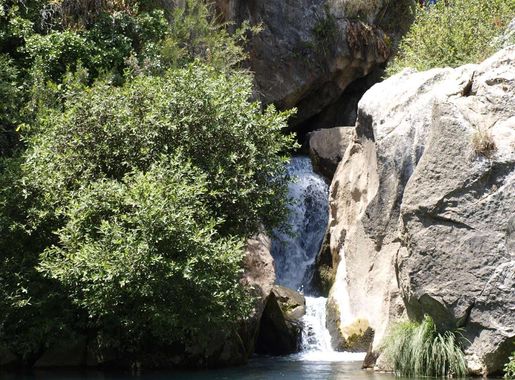
Ronda Valley: Spain's Dramatic Beauty
Discover Ronda Valley, a stunning blend of natural beauty and rich history in Spain's Andalusia. Explore dramatic landscapes, historic sites, and charming townscapes.
Ronda Valley is a captivating destination nestled in the heart of Spain's Andalusian region. This picturesque valley is famed for its dramatic landscapes, with deep gorges, rolling hills, and lush greenery that offer breathtaking views. The El Tajo Gorge, with its stunning 120-meter drop, is a highlight, slicing the town of Ronda into two and offering a perfect spot for photography enthusiasts. Ronda itself is a charming town perched on the cliffs, rich in history and culture. Visitors can explore ancient bridges like Puente Nuevo, which spans the gorge and connects the old town with the new. The town's Moorish architecture, cobblestone streets, and historic bullring—the oldest in Spain—provide a glimpse into its storied past. Nature lovers will find plenty of hiking and outdoor activities in the surrounding valley. The region is also known for its vineyards and olive groves, providing an opportunity to taste local wines and olive oils. Whether you're seeking adventure, history, or simply a peaceful escape, Ronda Valley offers a unique and unforgettable experience.
Local tips in Ronda Valley
- Visit the El Tajo Gorge early in the morning to avoid crowds and get the best light for photos.
- Wear comfortable shoes, as the town's cobblestone streets can be challenging to walk on.
- Try local wines and olive oils at one of the many vineyards and olive groves in the area.
- Check the local calendar for any festivals or events that might be happening during your visit.
- Consider staying overnight to experience the town's charm after the day-trippers have left.
Ronda Valley: Spain's Dramatic Beauty
Ronda Valley is a captivating destination nestled in the heart of Spain's Andalusian region. This picturesque valley is famed for its dramatic landscapes, with deep gorges, rolling hills, and lush greenery that offer breathtaking views. The El Tajo Gorge, with its stunning 120-meter drop, is a highlight, slicing the town of Ronda into two and offering a perfect spot for photography enthusiasts. Ronda itself is a charming town perched on the cliffs, rich in history and culture. Visitors can explore ancient bridges like Puente Nuevo, which spans the gorge and connects the old town with the new. The town's Moorish architecture, cobblestone streets, and historic bullring—the oldest in Spain—provide a glimpse into its storied past. Nature lovers will find plenty of hiking and outdoor activities in the surrounding valley. The region is also known for its vineyards and olive groves, providing an opportunity to taste local wines and olive oils. Whether you're seeking adventure, history, or simply a peaceful escape, Ronda Valley offers a unique and unforgettable experience.
When is the best time to go to Ronda Valley?
Iconic landmarks you can’t miss
Centro de Interpretación del Puente Nuevo
Explore the Centro de Interpretación del Puente Nuevo in Ronda, a historical gem bridging the gorge with breathtaking views and rich cultural insights.

Puerta de Almocábar
Explore Puerta de Almocábar, Ronda's historic gateway, steeped in Moorish architecture and stunning views for an unforgettable Andalusian experience.
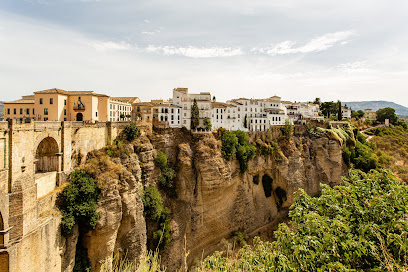
Alameda del Tajo
Discover the breathtaking beauty of Alameda del Tajo, Ronda's premier park with stunning views and serene pathways for every traveler.
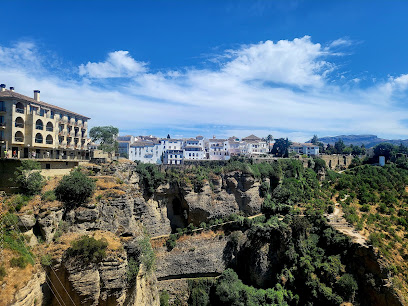
Mirador La Hoya Del Tajo (Lookout Point)
Discover the breathtaking views of Andalusia at Mirador La Hoya Del Tajo, a premier scenic spot in Ronda that offers stunning landscapes and unforgettable memories.
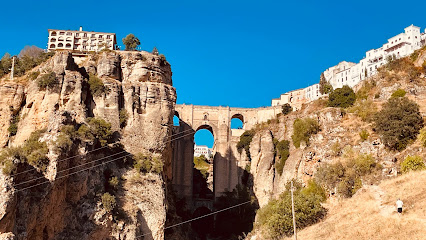
El Tajo de Ronda
Discover the breathtaking beauty of El Tajo de Ronda, a stunning gorge in Spain that offers incredible views, rich history, and great outdoor adventures.

Mirador de Ronda
Discover the stunning views and rich history at Mirador de Ronda, the ultimate scenic spot in Málaga, Spain.
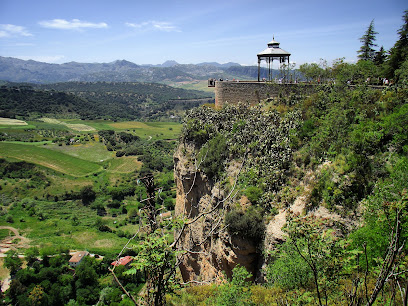
Museo Lara
Explore the exquisite Museo Lara in Ronda, showcasing Spain's rich history through captivating artifacts and cultural exhibits.
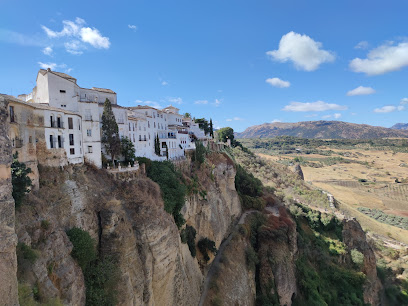
La Casa del Rey Moro
Explore La Casa del Rey Moro, a heritage museum in Ronda, offering stunning gardens, ancient mines, and rich Andalusian history amidst breathtaking views.

Puente Nuevo Viewpoint
Experience the stunning vistas and rich history at the iconic Puente Nuevo Viewpoint in Ronda, a must-visit for every traveler in Andalusia.
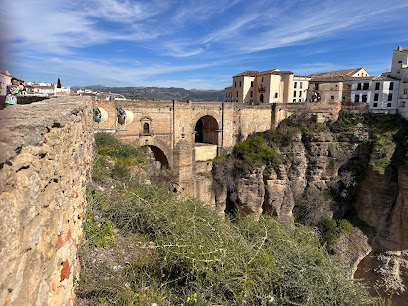
Mondragon Palace
Explore Mondragon Palace, a local history museum in Ronda, showcasing archaeological artifacts, lush gardens, and rich cultural heritage.

Puente Viejo
Experience the breathtaking beauty and rich history of Puente Viejo, Ronda's iconic Old Bridge, perfect for capturing unforgettable moments.
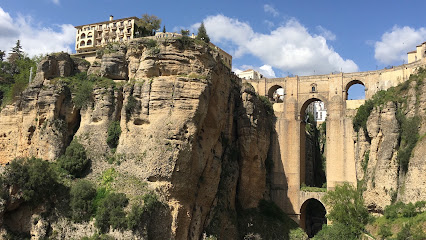
Mirador de Aldehuela
Experience the breathtaking views at Mirador de Aldehuela, a stunning observation deck in Ronda, perfect for photography and nature lovers.

Ronda
Discover the breathtaking beauty and rich history of Ronda, a historical landmark in Spain famous for its dramatic landscapes and cultural heritage.
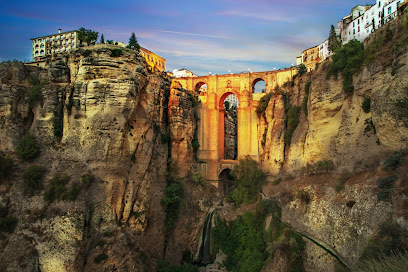
Jardines De Cuenca
Explore the enchanting Jardines De Cuenca, a serene park in Ronda offering stunning views and beautiful gardens in the heart of Spain.
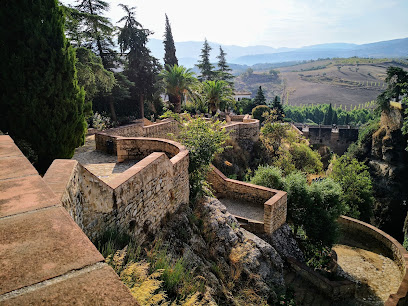
Casa Museo Don Bosco
Discover the rich history and serene beauty of Casa Museo Don Bosco in Ronda, Málaga, a must-visit for art and culture enthusiasts.

Unmissable attractions to see
Mirador de Ronda
Explore the stunning Mirador de Ronda, where breathtaking views of cliffs, valleys, and the iconic Puente Nuevo await every traveler.
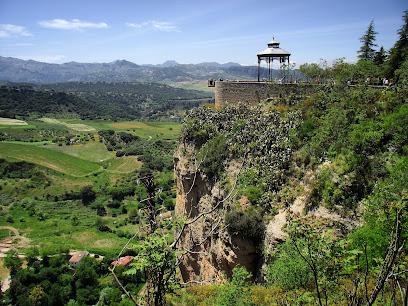
Museo Lara
Explore the rich history and culture of Ronda at Museo Lara, home to an impressive collection of artifacts and exhibitions that tell the story of Andalusia.
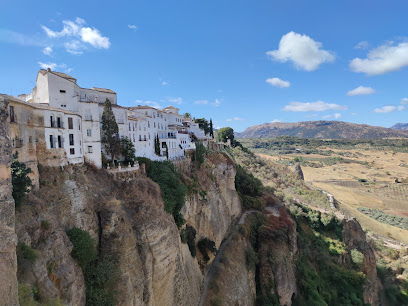
Mercado Municipal de Marbella
Experience the vibrant Mercado Municipal de Marbella, where local flavors and culture come alive in a bustling market atmosphere.
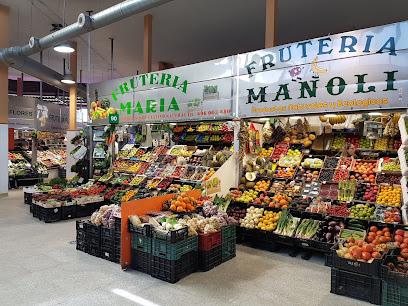
Ruins of Acinipo
Explore the captivating Ruins of Acinipo, a historical landmark near Ronda, where ancient Roman history meets stunning Andalusian landscapes.
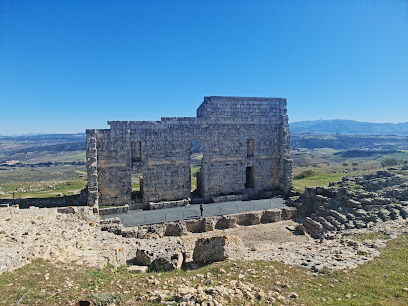
Organic Market & Food Marbella
Experience the best of vegetarian and vegan cuisine at Organic Market & Food Marbella, where fresh, organic ingredients meet delightful flavors.
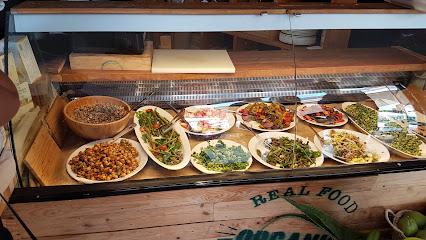
TopBuggy.es
Experience the thrill of ATV adventures and breathtaking views in Ronda, Andalusia's stunning landscape awaits at TopBuggy.es.
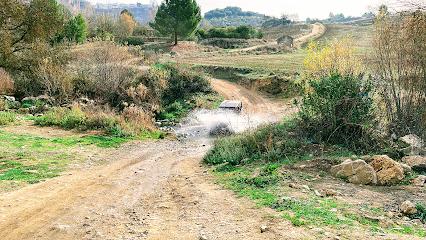
Spain Food Sherpas
Discover the essence of Spanish cuisine with Spain Food Sherpas, where culinary delights and authentic experiences await every traveler.
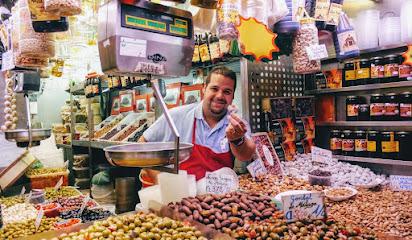
Casa Museo Don Bosco
Explore the rich history and serene beauty of Casa Museo Don Bosco in Ronda, where art meets heritage in a stunning Andalusian setting.

Puente Romano
Explore the iconic Puente Romano in Ronda, a historical bridge offering breathtaking views and a glimpse into Andalusian heritage.
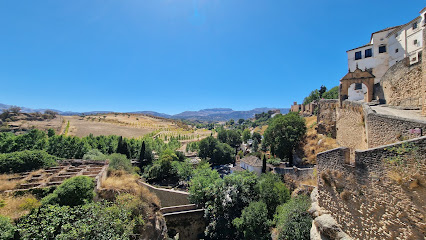
Ayuntamiento de Estepona
Discover the cultural heart of Estepona at its historic Town Hall, an architectural marvel blending tradition and modernity.
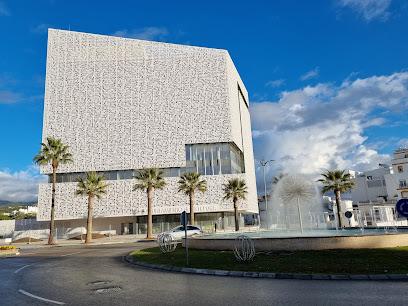
CAC Mijas (Centro de Arte Contemporáneo)
Discover the vibrant world of contemporary art at CAC Mijas, a cultural gem in the heart of Mijas, Spain, showcasing innovative works and engaging exhibitions.
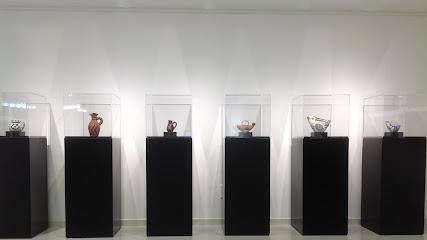
Finca Descalzos Viejos
Discover the rich wines and breathtaking views of Finca Descalzos Viejos in Ronda, Málaga – a hidden gem for wine lovers and travelers alike.
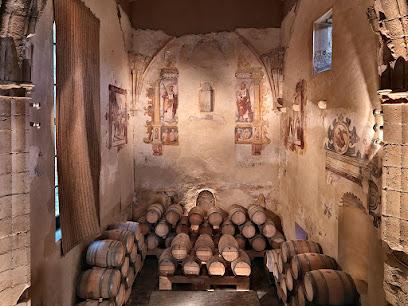
Fuente Virgen del Rocío
Experience the serene beauty of Fuente Virgen del Rocío, a stunning fountain in Marbella, where art and nature unite for a tranquil escape.
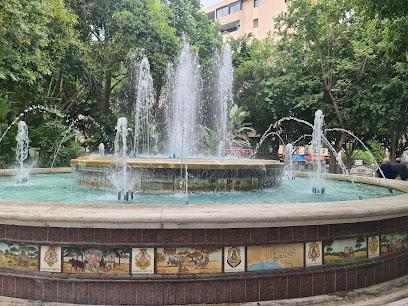
Casa del Gigante
Explore the rich history of Ronda at Casa del Gigante, a heritage museum showcasing the city's captivating past and architectural beauty.
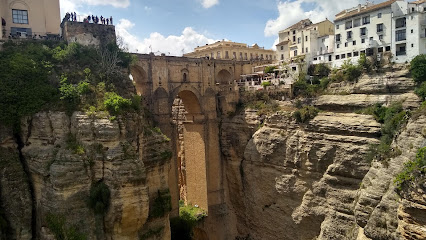
Walls of Ronda
Explore the historic Walls of Ronda, where ancient architecture meets breathtaking views, steeped in the rich culture of Andalusia.
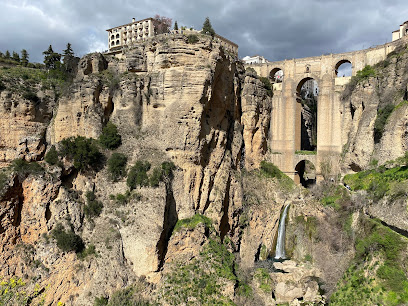
Essential places to dine
Las Maravillas
Experience the essence of Mediterranean cuisine at Las Maravillas in Ronda – where every dish tells a story.
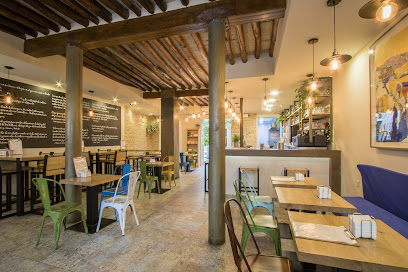
Tragatá | Benito Gómez | Ronda
Experience authentic Spanish tapas at Tragatá in Ronda - where every dish tells a story.
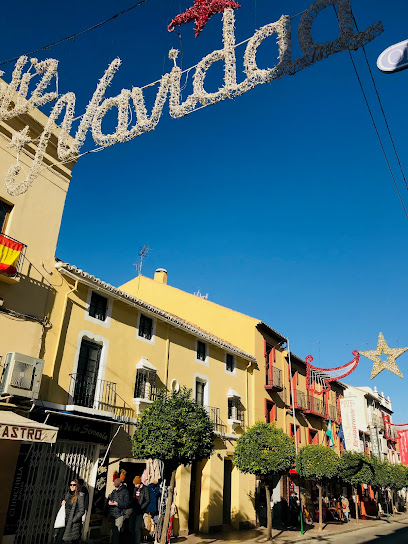
Restaurante Tropicana
Experience authentic Mediterranean flavors at Restaurante Tropicana in Ronda - a culinary haven for tourists seeking delightful dishes.
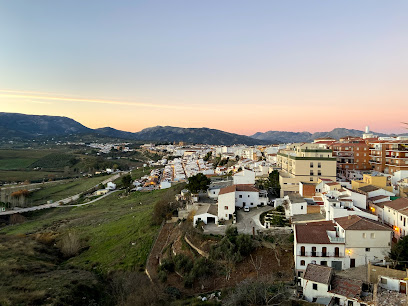
Restaurante Casa María
Experience authentic Spanish cuisine at Restaurante Casa María in Ronda - where tradition meets flavor in every dish.
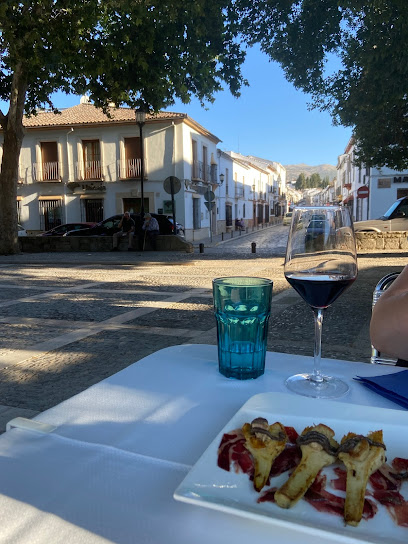
La Niña Adela
Experience authentic Spanish tapas at La Niña Adela in Ronda – where flavor meets tradition in a warm, inviting atmosphere.
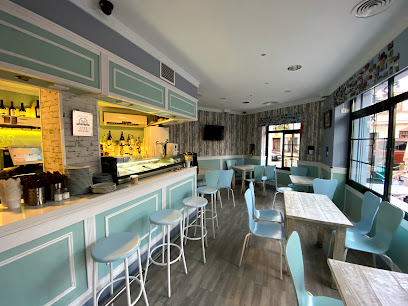
Mesón El Sacristán
Experience authentic Spanish cuisine at Mesón El Sacristán in Ronda – where tradition meets flavor in every dish.
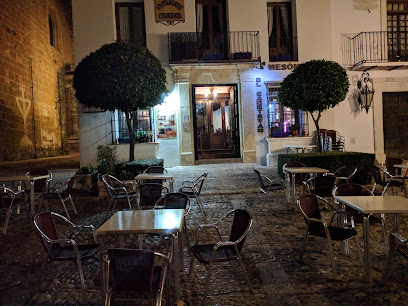
Puerta Grande
Experience authentic Spanish flavors at Puerta Grande in Ronda - where Mediterranean cuisine meets tradition.
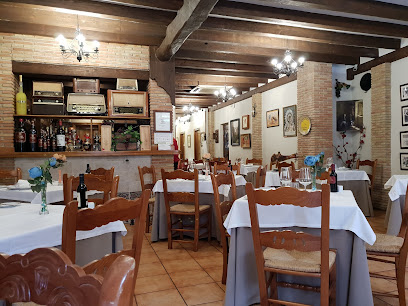
Mesón Carmen la de Ronda
Discover the flavors of Andalusia at Mesón Carmen la de Ronda – where Mediterranean charm meets exquisite Spanish cuisine.

Rte. Pedro Romero Ronda
Experience authentic Andalusian flavors at Rte. Pedro Romero in Ronda - a culinary haven for food enthusiasts.
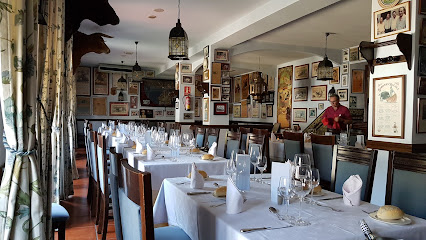
Restaurante Casa Mateos
Experience authentic Spanish tapas at Restaurante Casa Mateos in Ronda – where every bite tells a story of Andalusian flavor.
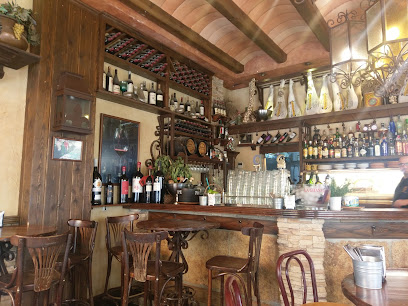
Casa Clemente
Experience authentic Andalusian cuisine at Casa Clemente in Ronda - a culinary delight offering flavorful Mediterranean dishes.
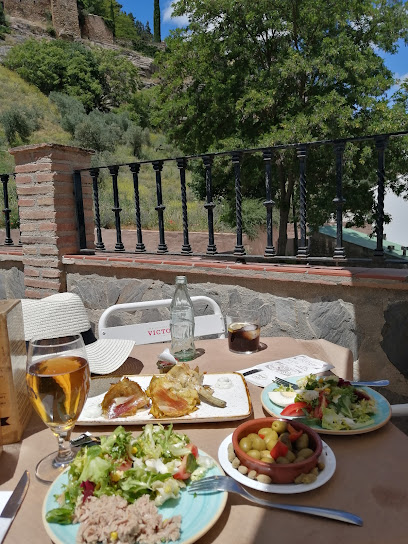
Venta La Higuera
Experience authentic Spanish cuisine at Venta La Higuera in Ronda - where tradition meets breathtaking views.
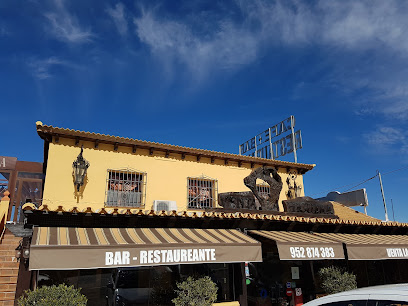
Restaurante Abades Ronda
Experience authentic Andalusian cuisine with breathtaking views at Restaurante Abades Ronda - where every meal is a feast for the senses.
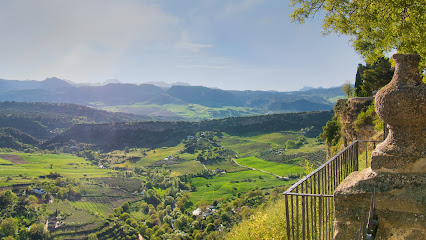
Restaurante Panorámico
Experience exquisite Mediterranean and sushi cuisine with stunning mountain views at Restaurante Panorámico in Ronda.
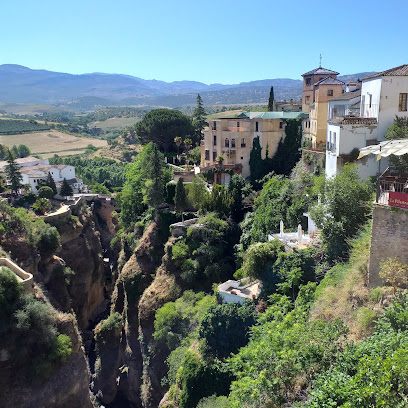
Restaurante La Verónica
Savor authentic Mediterranean and grill cuisine at Restaurante La Verónica in Ronda—where flavor meets affordability.
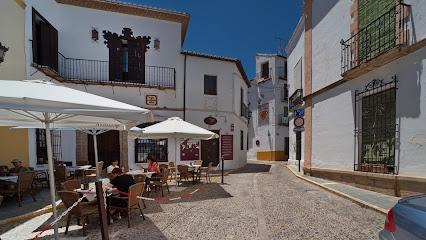
Markets, malls and hidden boutiques
Centro de Interpretación del Puente Nuevo
Explore the historical significance and breathtaking views at Ronda's Centro de Interpretación del Puente Nuevo, a bridge that defines a city's spirit.
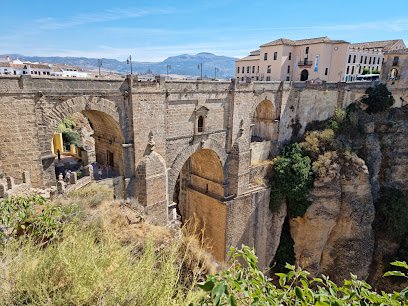
Alameda del Tajo
Experience the tranquility and breathtaking views of Alameda del Tajo, a stunning park in Ronda, Málaga that captivates every visitor.

Arab Baths Archaeological Site
Explore the Arab Baths Archaeological Site in Ronda, a stunning historical gem showcasing Moorish architecture and rich cultural heritage.
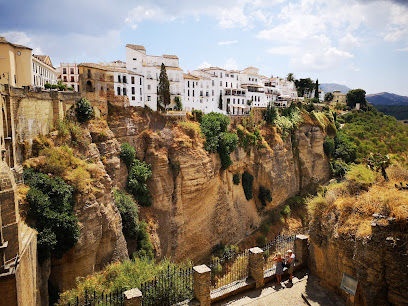
Parador de Ronda
Discover the charm and luxury of Parador de Ronda, a historic hotel offering stunning views and exquisite dining in the heart of Andalusia.

El Tajo de Ronda
Explore El Tajo de Ronda, a stunning gorge in Spain, showcasing breathtaking views, rich history, and outdoor adventure opportunities.
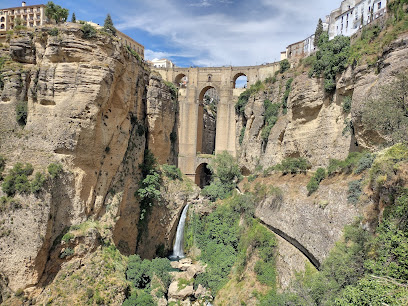
Mirador de Ronda
Explore stunning vistas at Mirador de Ronda, a picturesque viewpoint showcasing the beauty of Andalusia's landscape and historic architecture.
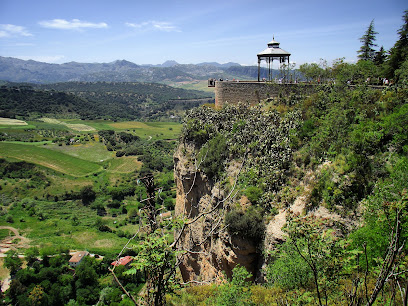
Mercadona
Explore Mercadona, a top supermarket in Ronda, where local flavors meet convenience in a vibrant shopping experience.
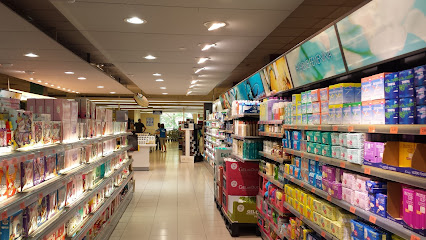
La Casa del Rey Moro
Discover the enchanting La Casa del Rey Moro, a heritage museum in Ronda that reveals the rich history and stunning architecture of Andalusia.
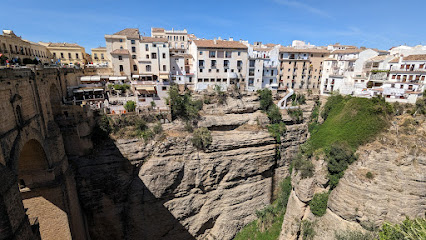
Mondragon Palace
Explore the captivating history and cultural treasures at Mondragon Palace, a premier local history museum in the heart of Ronda.
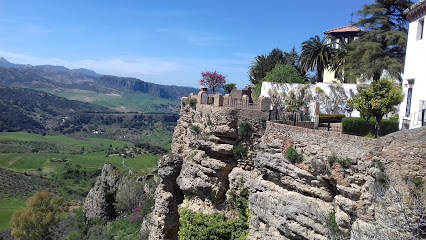
Lidl
Shop at Lidl in Ronda for affordable groceries and local specialties during your visit to Málaga's stunning city.
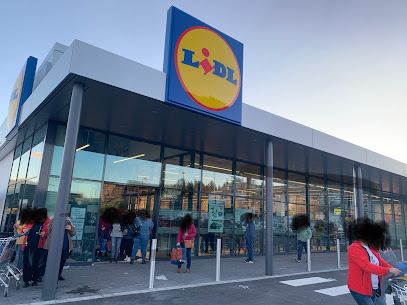
ALDI
Discover Ronda's discount supermarket, ALDI, offering affordable local and international products for budget-conscious travelers.
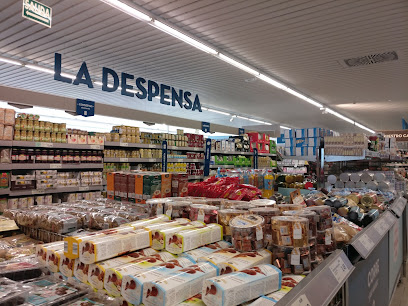
Ronda
Experience the breathtaking beauty and rich history of Ronda, a stunning historical landmark in the heart of Málaga.
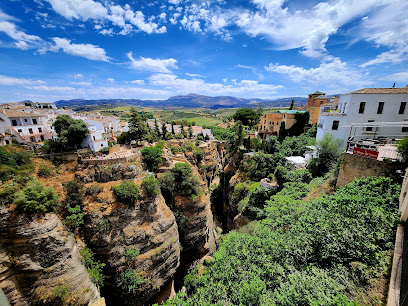
Casa Museo Don Bosco
Discover the rich history and stunning artistry at Casa Museo Don Bosco in Ronda, a captivating museum that honors the legacy of St. John Bosco.
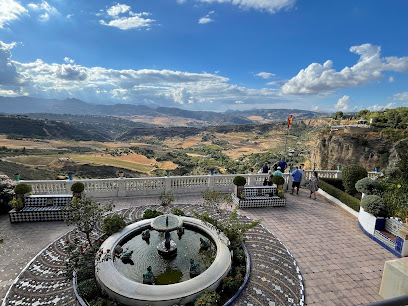
Super Carmela
Explore Super Carmela in Ronda for a delightful shopping experience with local and international culinary delights.
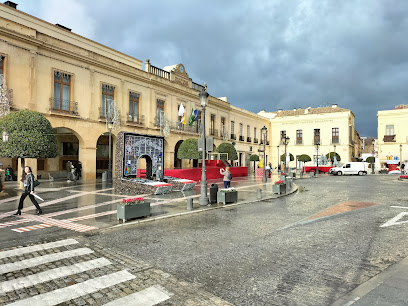
MASKOM SUPERMERCADOS
Experience Ronda's local flavors at MASKOM SUPERMERCADOS, your go-to supermarket for fresh produce and Andalusian delicacies.
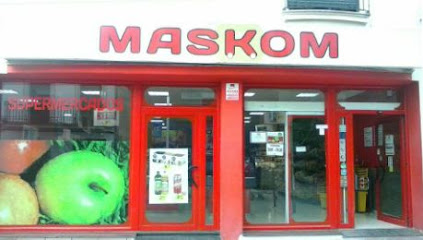
Essential bars & hidden hideouts
El Lechuguita
Experience the flavor of Spain at El Lechuguita, Ronda's cherished tapas bar famous for its unique dishes and inviting atmosphere.
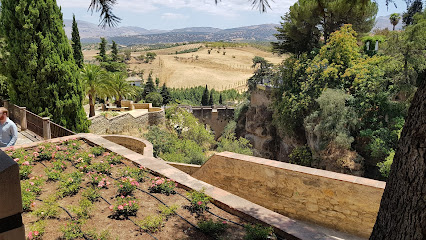
Tabanco Los Arcos
Discover the essence of Andalusian culture at Tabanco Los Arcos, a charming wine bar in Ronda offering exquisite local wines and delicious tapas.
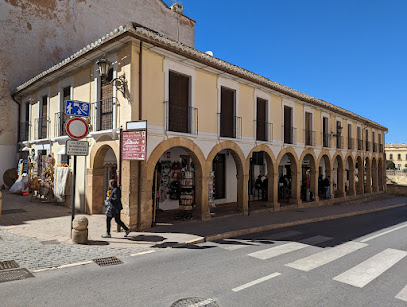
Bar Antonio
Discover authentic Andalusian flavors at Bar Antonio, a delightful tapas bar in the heart of Ronda, perfect for enjoying local cuisine.
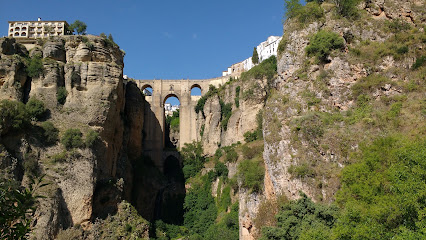
Entre Vinos
Explore the rich flavors of Andalusia at Entre Vinos, a charming wine bar and tapas restaurant in the heart of Ronda.

Bar El Convento
Savor authentic Spanish tapas and fine wines at Bar El Convento in Ronda, the perfect spot for food lovers exploring Málaga.
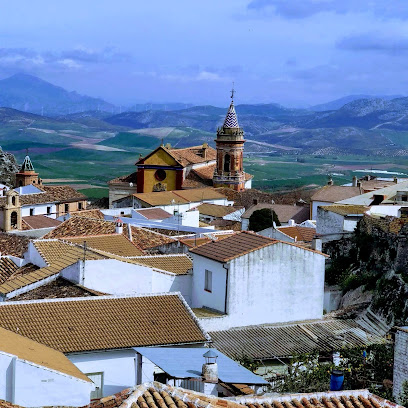
Bar Alegria ronda
Discover the vibrant atmosphere and delightful grilled dishes at Bar Alegria Ronda, a local favorite for tourists seeking authentic Spanish flavors.

Drinks&co.
Enjoy vibrant nightlife and authentic Spanish drinks at Drinks&co., a must-visit pub in the beautiful town of Ronda.
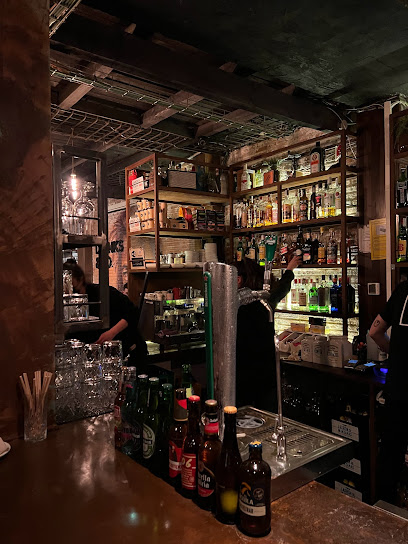
Pub dulcinea
Discover the authentic Spanish pub experience at Pub Dulcinea in Ronda, where local charm meets vibrant nightlife.
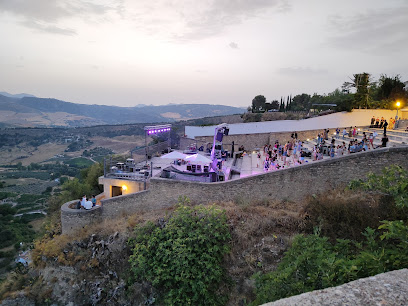
Bar Sánchez
Discover the vibrant culinary scene of Ronda at Bar Sánchez, where every tapas dish tells a story of Andalusian tradition.
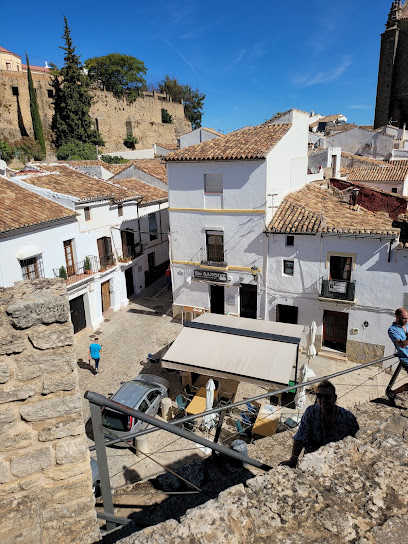
HEAVEN IRISH TAVERN
Experience the warmth of Irish hospitality at Heaven Irish Tavern in Ronda, where drinks flow and friendships blossom in a charming setting.
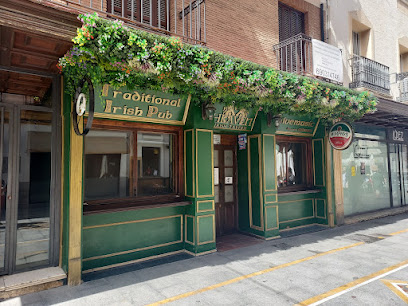
Pub Longplay Ronda
Discover the lively rhythms and welcoming ambiance of Pub Longplay Ronda, your perfect nightlife destination in the heart of Andalusia.
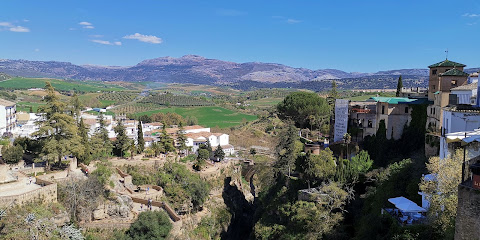
Pub El Embrujo Ronda
Experience the local charm at Pub El Embrujo Ronda, a pet-friendly haven featuring delightful tapas and a warm atmosphere in the heart of Andalusia.
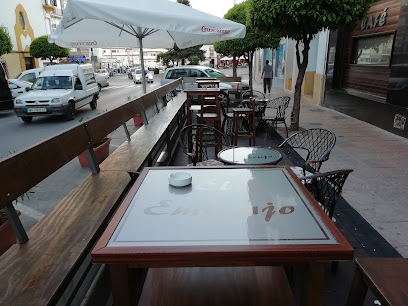
Maruja Limon Bar
Experience Ronda's charm at Maruja Limon Bar, where stunning views and delightful drinks await your visit in the heart of Andalusia.
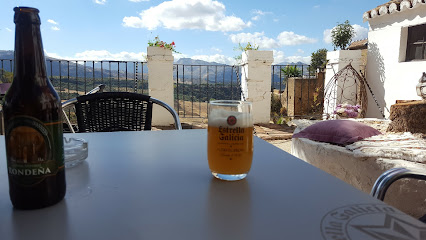
Bar los Ángeles
Experience the heart of Andalusia at Bar los Ángeles, where authentic flavors and warm hospitality meet in a charming tapas bar.
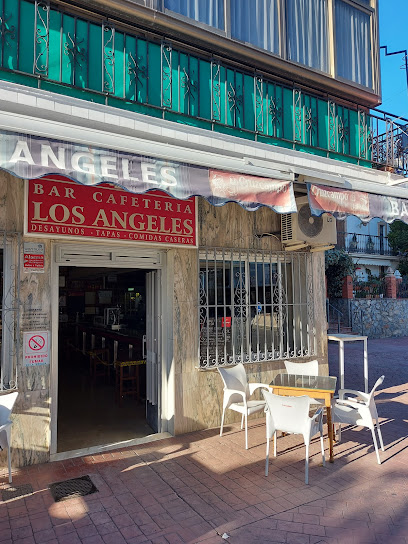
MoMo Copas
Discover the essence of Ronda's nightlife at MoMo Copas, where great drinks and a vibrant atmosphere await.
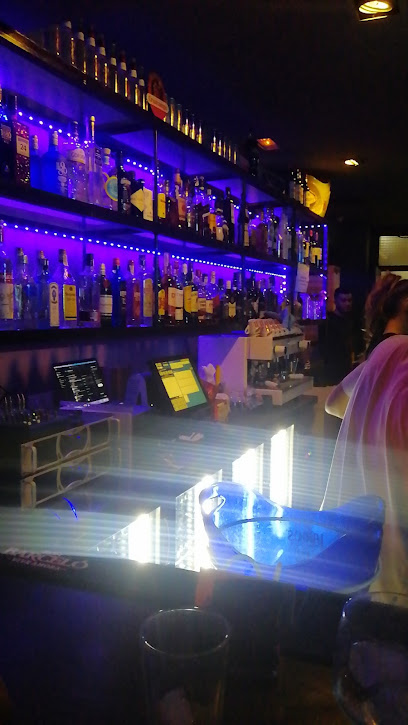
Local Phrases about Ronda Valley
-
- HelloHola
[O-la] - GoodbyeAdiós
[A-di-ós] - YesSí
[Sí] - NoNo
[No] - Please/You're welcomePor favor/De nada
[Por fa-vor/De na-da] - Thank youGracias
[Gra-cias] - Excuse me/SorryPerdón/Lo siento
[Per-dón/Lo sien-to] - How are you?¿Cómo estás?
[¿Có-mo es-tás?] - Fine. And you?Bien. ¿Y tú?
[Bie-n. ¿Y tú?] - Do you speak English?¿Hablas inglés?
[¿Ha-blas in-glés?] - I don't understandNo entiendo
[No en-tien-do]
- HelloHola
-
- I'd like to see the menu, pleaseMe gustaría ver la carta, por favor
[Me gus-ta-ría ver la car-ta, por fa-vor] - I don't eat meatNo como carne
[No co-mo car-ne] - Cheers!¡Salud!
[¡Sa-lud!] - I would like to pay, pleaseMe gustaría pagar, por favor
[Me gus-ta-ría pa-gar, por fa-vor]
- I'd like to see the menu, pleaseMe gustaría ver la carta, por favor
-
- Help!¡Ayuda!
[¡A-yu-da!] - Go away!¡Vete!
[¡Ve-te!] - Call the Police!¡Llama a la Policía!
[¡Lla-ma a la Po-li-cía!] - Call a doctor!¡Llama a un médico!
[¡Lla-ma a un mé-di-co!] - I'm lostEstoy perdido
[Es-toy per-di-do] - I'm illEstoy enfermo
[Es-toy en-fer-mo]
- Help!¡Ayuda!
-
- I'd like to buy...Me gustaría comprar...
[Me gus-ta-ría com-prar...] - I'm just lookingSolo estoy mirando
[So-lo es-toy mi-ran-do] - How much is it?¿Cuánto cuesta?
[¿Cuan-to cues-ta?] - That's too expensiveEsto es demasiado caro
[Es-to es de-ma-sia-do ca-ro] - Can you lower the price?¿Puedes bajar el precio?
[¿Pue-des ba-jar el pre-cio?]
- I'd like to buy...Me gustaría comprar...
-
- What time is it?¿Qué hora es?
[¿Qué ho-ra es?] - It's one o'clockEs la una
[Es la u-na] - Half past (10)Las diez y media
[Las diez y me-dia] - MorningMañana
[Ma-ña-na] - AfternoonTarde
[Tar-de] - EveningNoche
[No-che] - YesterdayAyer
[A-yer] - TodayHoy
[Hoy] - TomorrowMañana
[Ma-ña-na] - 1Uno
[U-no] - 2Dos
[Dos] - 3Tres
[Tres] - 4Cuatro
[Cua-tro] - 5Cinco
[Cin-co] - 6Seis
[Seis] - 7Siete
[Sie-te] - 8Ocho
[O-cho] - 9Nueve
[Nue-ve] - 10Diez
[Diez]
- What time is it?¿Qué hora es?
-
- Where's a/the...?¿Dónde está...?
[¿Dón-de es-tá...?] - What's the address?¿Cuál es la dirección?
[¿Cua-l es la di-rec-ción?] - Can you show me (on the map)?¿Puedes mostrarme (en el mapa)?
[¿Pue-des mos-trar-me (en el ma-pa)?] - When's the next (bus)?¿Cuándo es el próximo (autobús)?
[¿Cuan-do es el pró-xi-mo (au-to-bús)?] - A ticket (to ....)Un billete (para ....)
[Un bi-lle-te (pa-ra ....)]
- Where's a/the...?¿Dónde está...?
History of Ronda Valley
-
The history of Ronda Valley traces back to prehistoric times, with evidence of human settlement in the area dating as far back as the Neolithic period. Ancient cave paintings found in the nearby Cueva de la Pileta offer a glimpse into the lives of the early inhabitants of this region.
-
During the Roman era, Ronda, known as Acinipo, became a significant settlement. The Romans constructed a number of essential structures, including an impressive amphitheater that could seat up to 2,000 people. Remnants of Roman architecture can still be seen today, providing insights into the area's historical importance during this period.
-
In the 8th century, Ronda fell under Moorish control and became a crucial stronghold in the region. The Moors constructed the iconic Puente Nuevo and the Arab Baths, which remain some of the most visited historical landmarks. Their influence is still evident in the city's architecture, culture, and layout.
-
Ronda was reconquered by Catholic Monarchs Ferdinand and Isabella in 1485 during the Reconquista. This period marked significant changes, including the construction of new churches and the re-purposing of existing Moorish structures. The blending of Moorish and Christian elements in Ronda's architecture provides a unique tapestry of its storied past.
-
In the 19th century, Ronda became infamous for its bandoleros, or bandits, who roamed the rugged terrain of the surrounding valley. The tales of these outlaws captured the imagination of many writers and artists during the Romantic era, including the famous poet Rainer Maria Rilke, who found inspiration in Ronda's dramatic landscapes.
-
In the 20th and 21st centuries, Ronda has seen significant development as a tourist destination while maintaining its historical integrity. Efforts have been made to preserve its rich cultural heritage, from the conservation of ancient sites to the promotion of traditional Andalusian festivals and customs. These efforts ensure that the history and culture of Ronda Valley continue to be celebrated and experienced by visitors from around the world.
Ronda Valley Essentials
-
Ronda Valley is located in the province of Málaga in Andalusia, Spain. The nearest major airport is Málaga-Costa del Sol Airport, approximately 100 kilometers away. From Málaga, you can take a bus or rent a car to reach Ronda, with the journey typically taking around 1.5 to 2 hours. There are also direct train services from Málaga and other major cities like Seville and Madrid to Ronda, offering a scenic route through the Andalusian countryside.
-
Ronda itself is a relatively small town, and many of its attractions are within walking distance. For longer trips or to explore the surrounding areas, local taxis and buses are readily available. Renting a car can also be a convenient option, especially if you plan to visit nearby villages and natural parks. Keep in mind that some of the roads can be narrow and winding, so drive carefully.
-
The official currency in Spain is the Euro (EUR). Credit cards are widely accepted in hotels, restaurants, and shops in Ronda. However, it is advisable to carry some cash, especially for smaller establishments and rural areas. ATMs are available throughout the town, so you can easily withdraw cash if needed.
-
Ronda is generally a safe destination for tourists. However, it is always wise to take standard precautions. Avoid walking alone at night in unfamiliar areas and keep an eye on your belongings in crowded places. While Ronda does not have specific high-crime areas targeting tourists, petty theft and pickpocketing can occur, especially in busy tourist spots. Stay vigilant and aware of your surroundings.
-
In case of emergency, dial 112 for immediate assistance. This number connects you to police, fire, and medical services. Ronda has a local police station and medical facilities, including a hospital. It is recommended to have travel insurance that covers medical emergencies. For minor health issues, pharmacies are available in the town where you can purchase over-the-counter medications.
-
Fashion: Do dress comfortably and appropriately for the weather, but avoid overly casual or revealing clothing when visiting religious sites. Religion: Do respect local customs and traditions. Cover your shoulders and knees when entering churches and other religious sites. Public Transport: Do be respectful and give up your seat to elderly passengers. Don't eat or drink on public transport. Greetings: Do greet people with a handshake or a 'hola.' A slight bow of the head is also a sign of respect. Eating & Drinking: Do try local delicacies and accept food and drink offerings graciously. Don't refuse hospitality, as it is considered impolite.
-
To experience Ronda Valley like a local, visit the local markets where you can buy fresh produce, artisanal goods, and traditional Andalusian products. Engage with locals, as they are often friendly and willing to share stories about the town's history and culture. Don't miss the opportunity to explore the historic bullring, Puente Nuevo, and the beautiful gardens of Casa del Rey Moro. For a more immersive experience, consider attending a local festival or flamenco show.
Trending Landmarks in Ronda Valley
-
Centro de Interpretación del Puente Nuevo
-
Puerta de Almocábar
-
Alameda del Tajo
-
Mirador La Hoya Del Tajo (Lookout Point)
-
El Tajo de Ronda
-
Mirador de Ronda
-
Museo Lara
-
La Casa del Rey Moro
-
Puente Nuevo Viewpoint
-
Mondragon Palace
-
Puente Viejo
-
Mirador de Aldehuela
-
Ronda
-
Jardines De Cuenca
-
Casa Museo Don Bosco
Nearby Cities to Ronda Valley
-
Things To Do in Málaga
-
Things To Do in Casemates Square
-
Things To Do in Moorish Castle
-
Things To Do in Catalan Bay
-
Things To Do in Gibraltar
-
Things To Do in Main Street
-
Things To Do in Queensway Quay Marina
-
Things To Do in Alameda Botanic Gardens
-
Things To Do in St. Michael's Cave
-
Things To Do in Gorham's Cave Complex
-
Things To Do in Europa Point
-
Things To Do in Seville
-
Things To Do in Cádiz
-
Things To Do in Tangier
-
Things To Do in Tetouan

